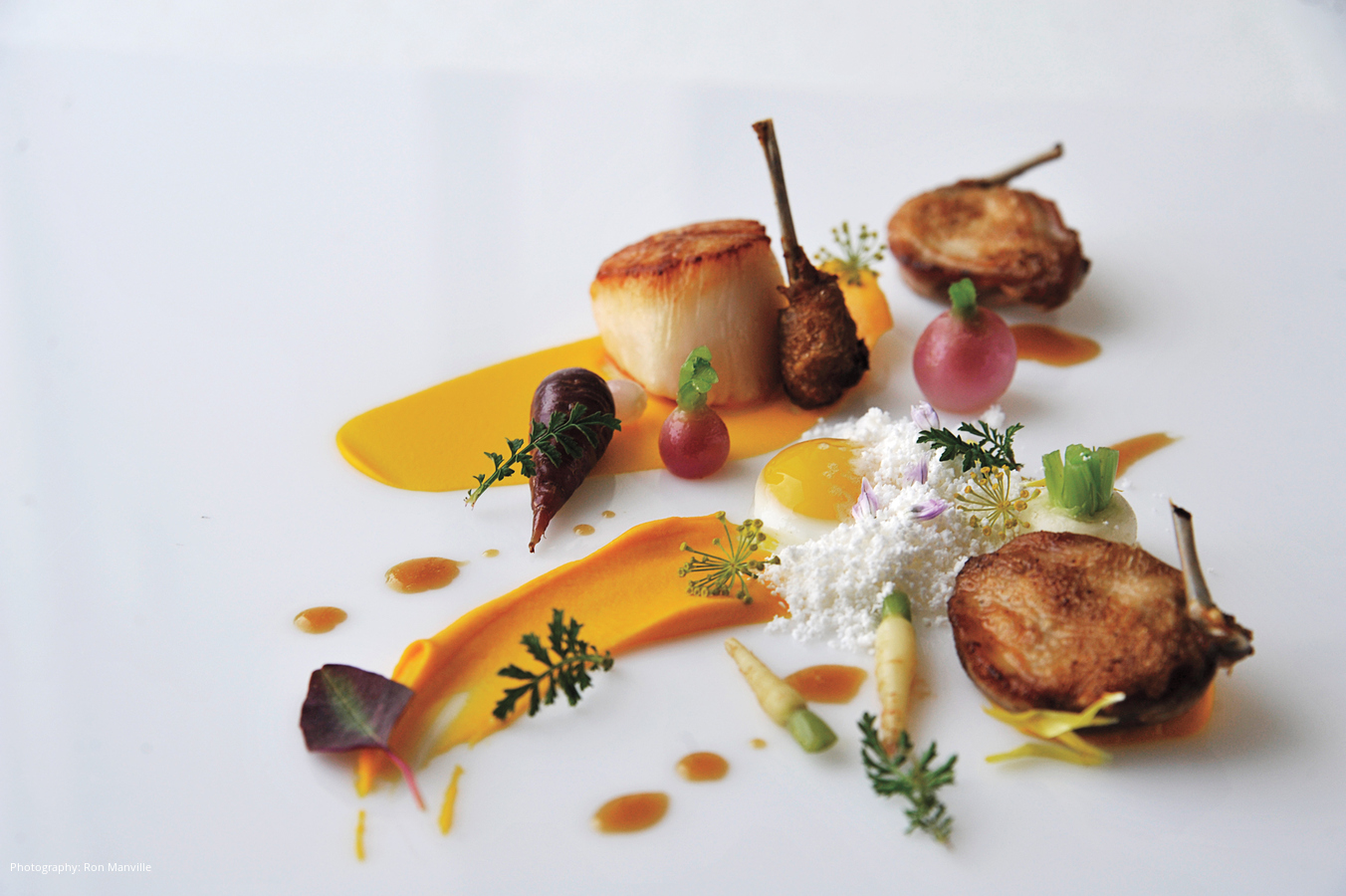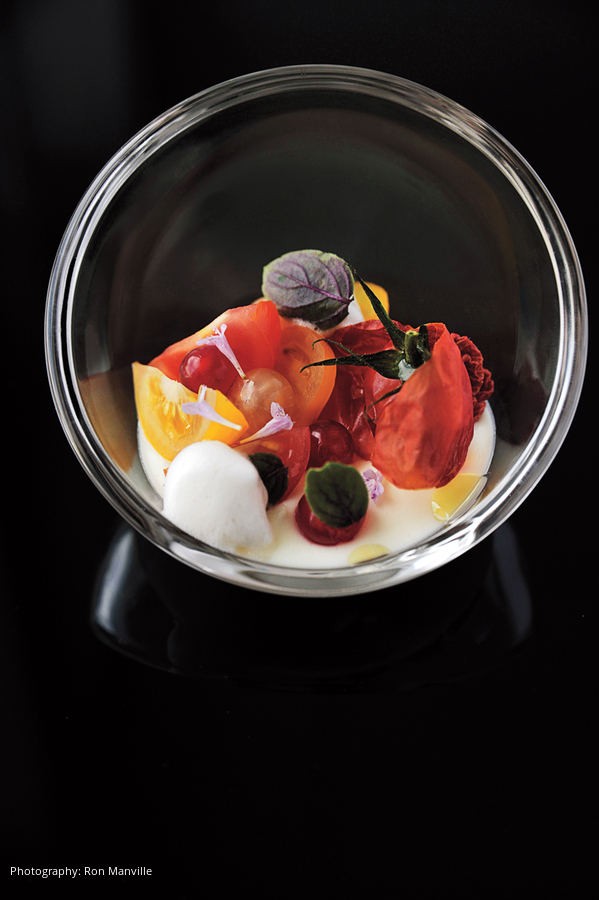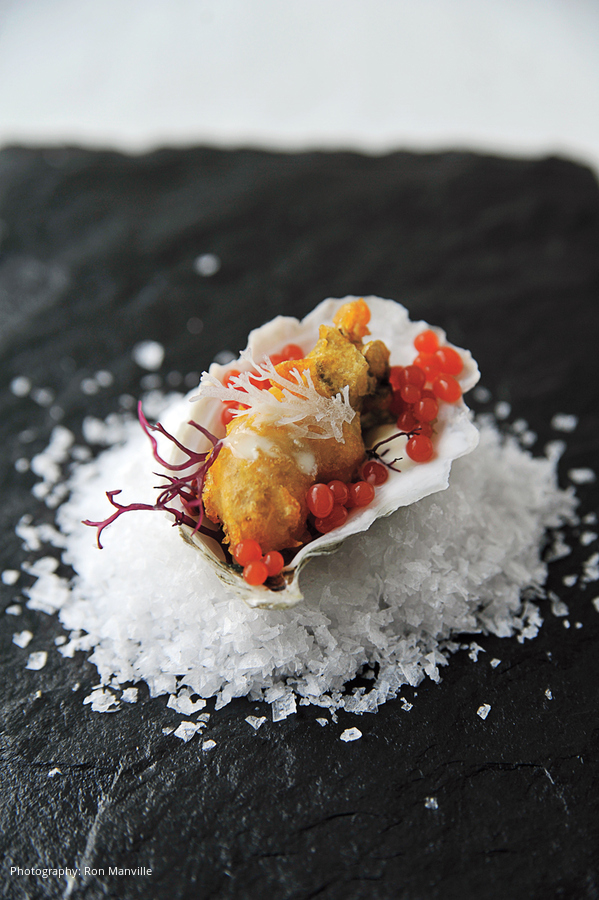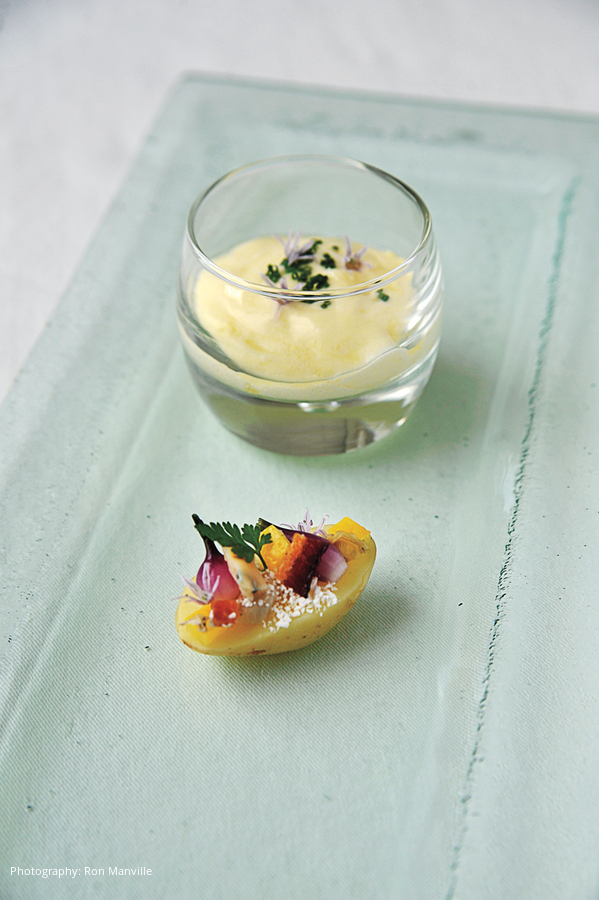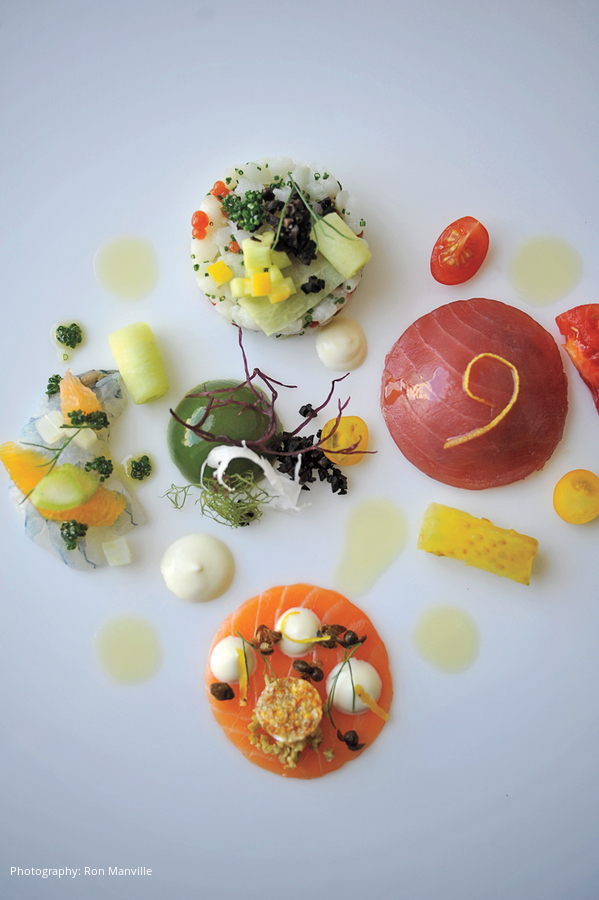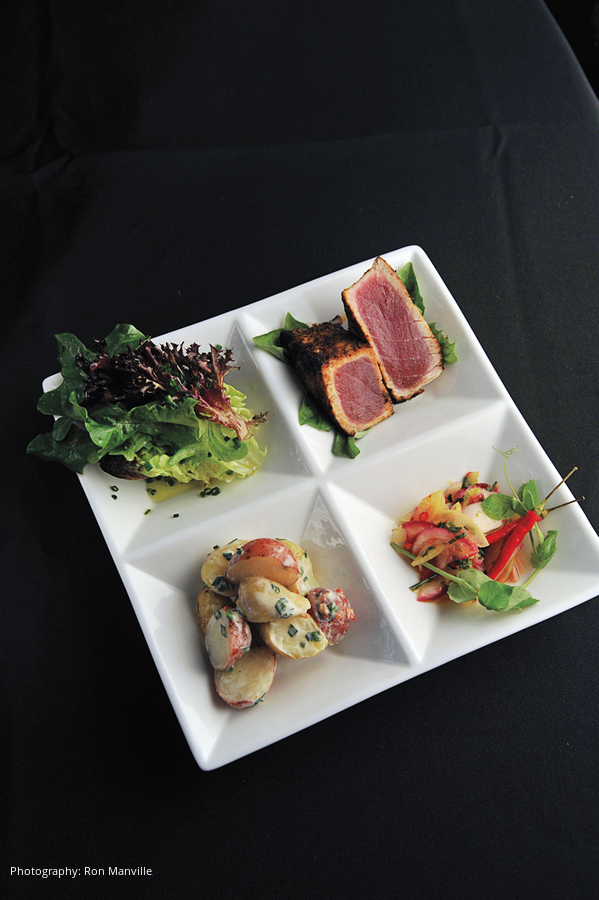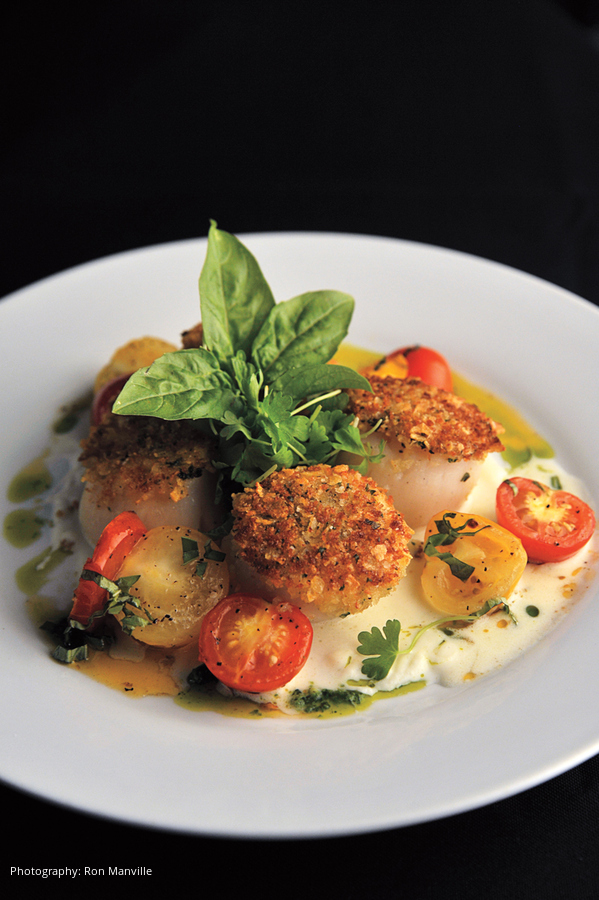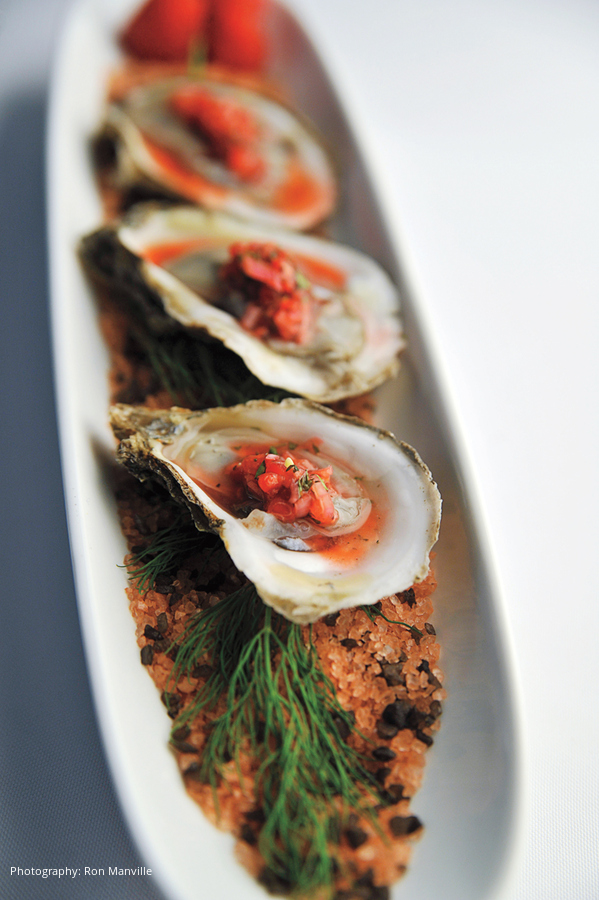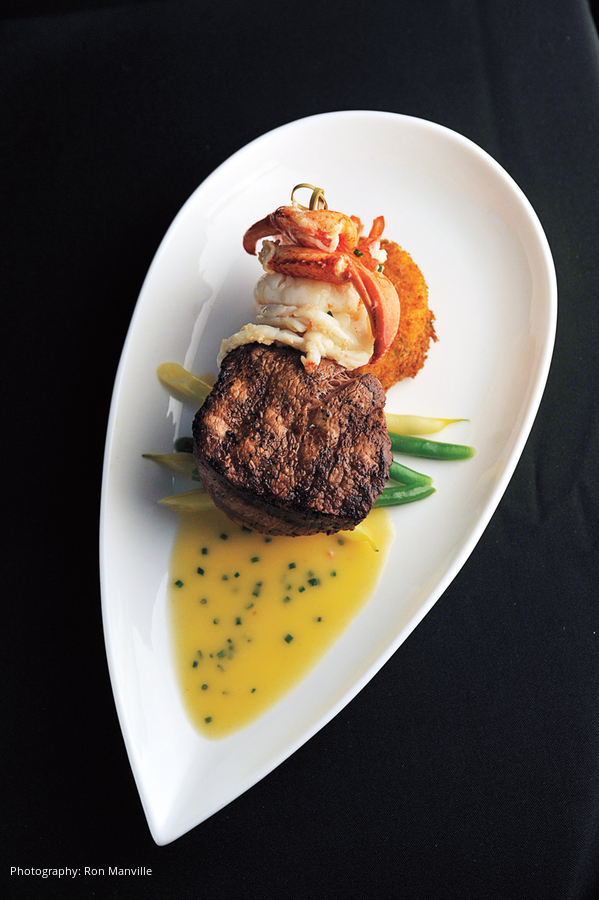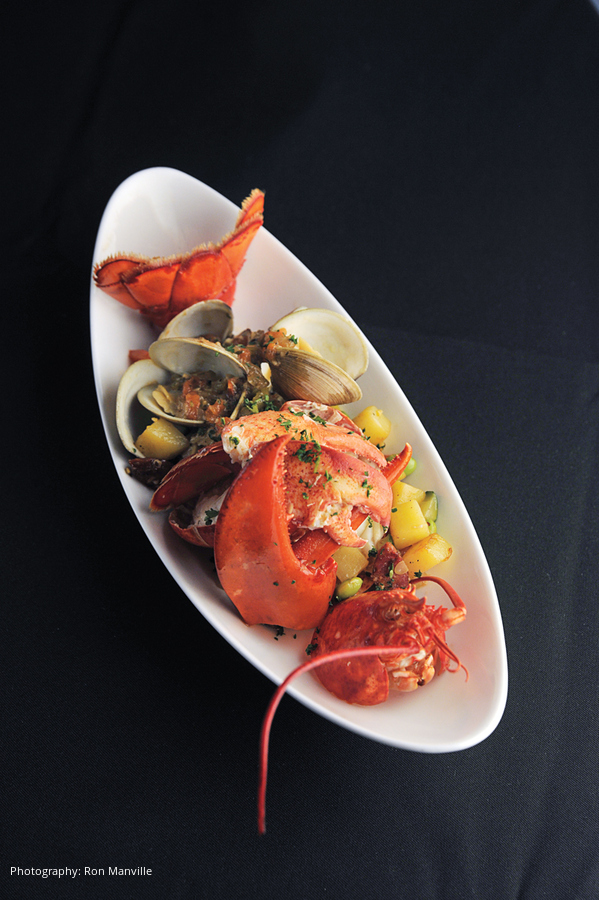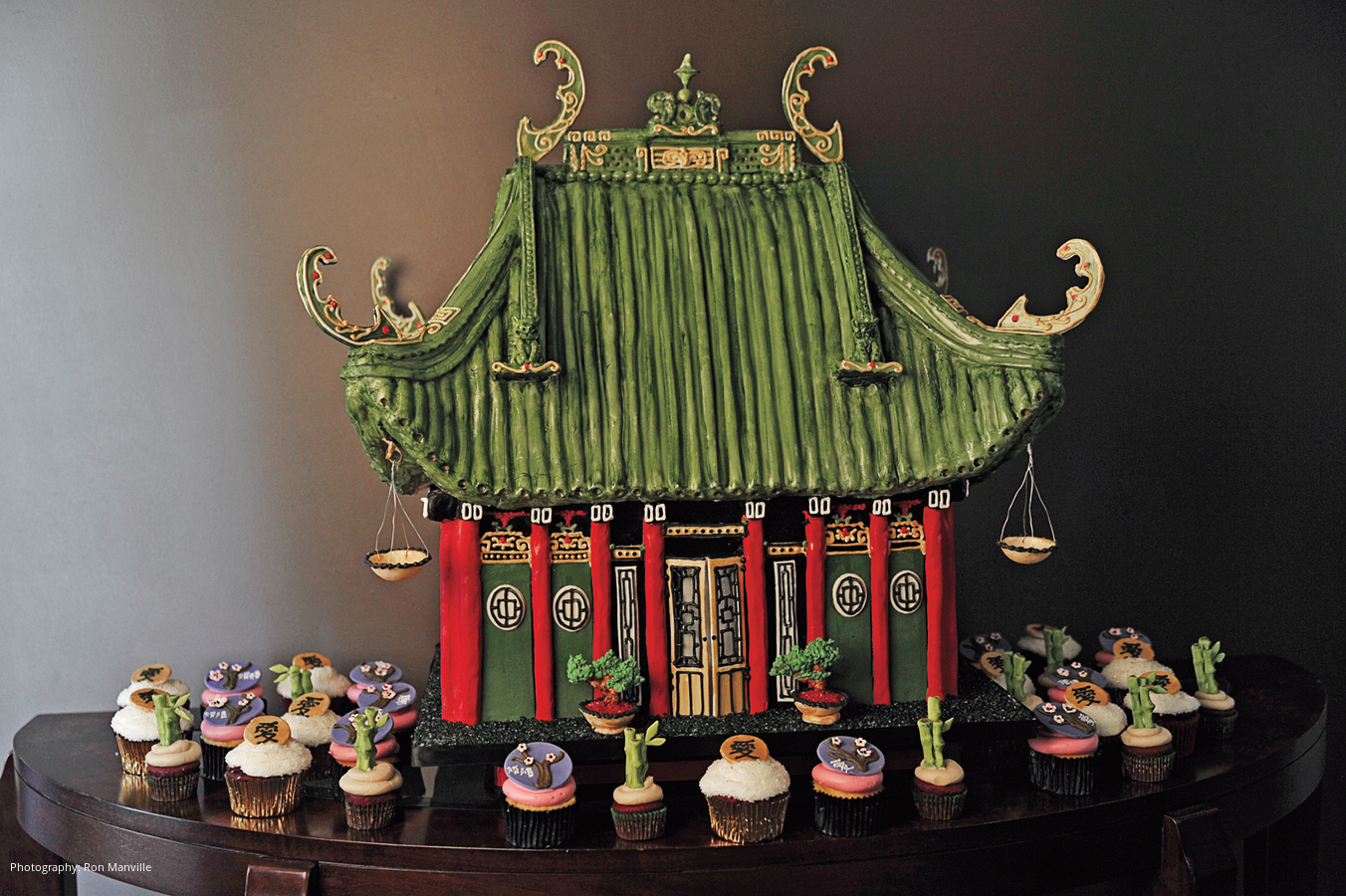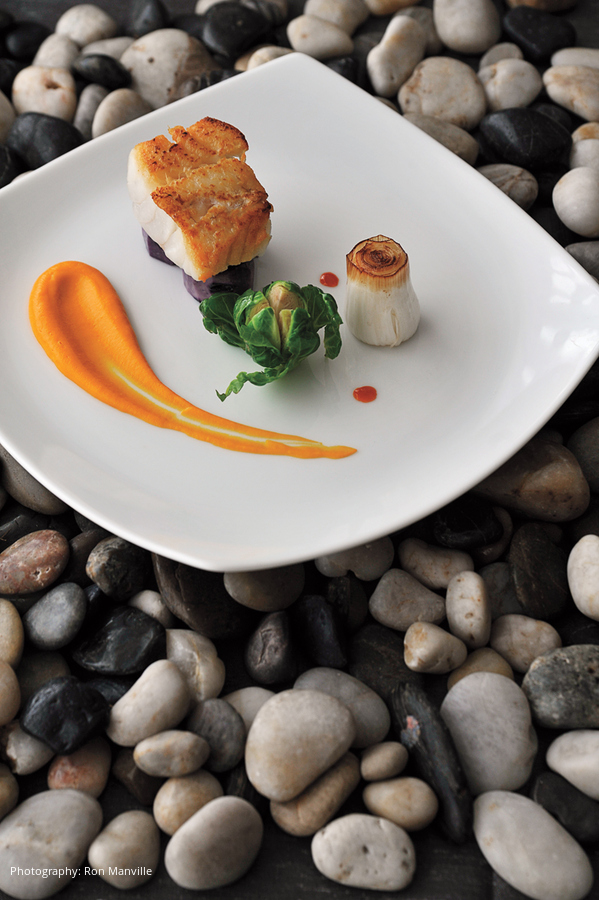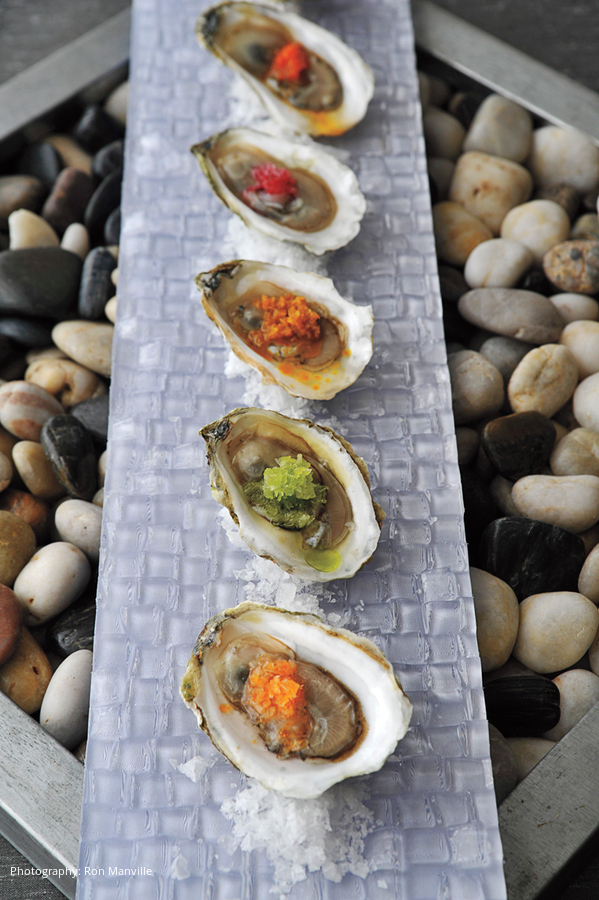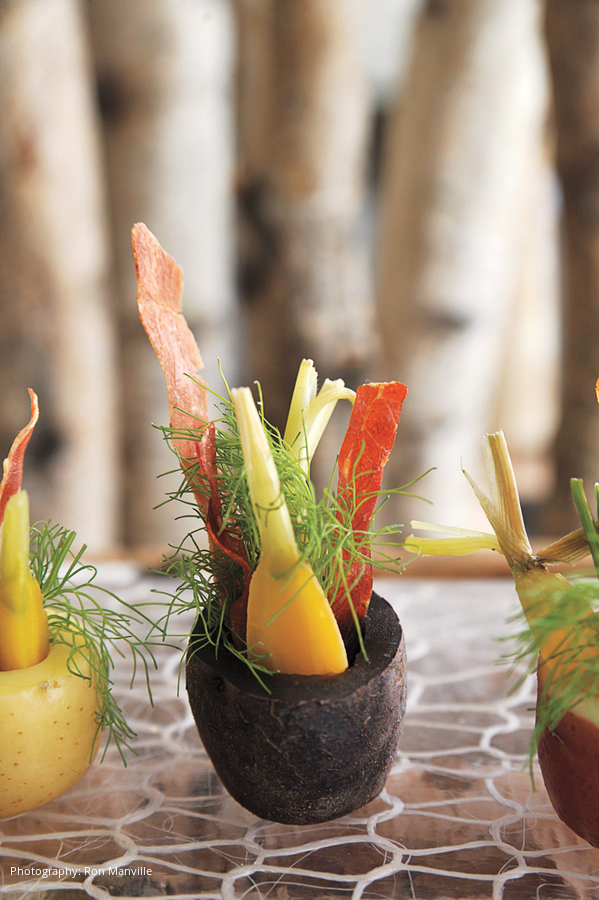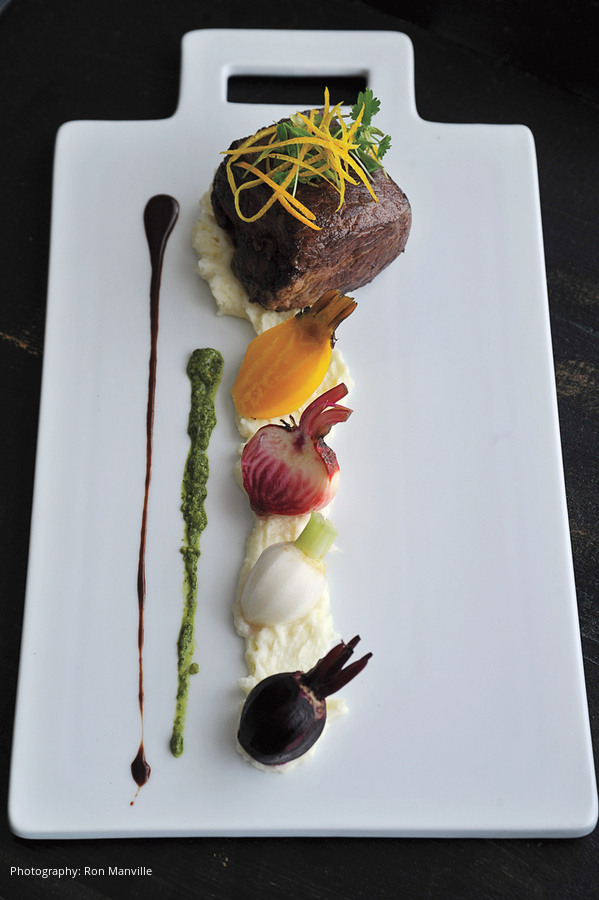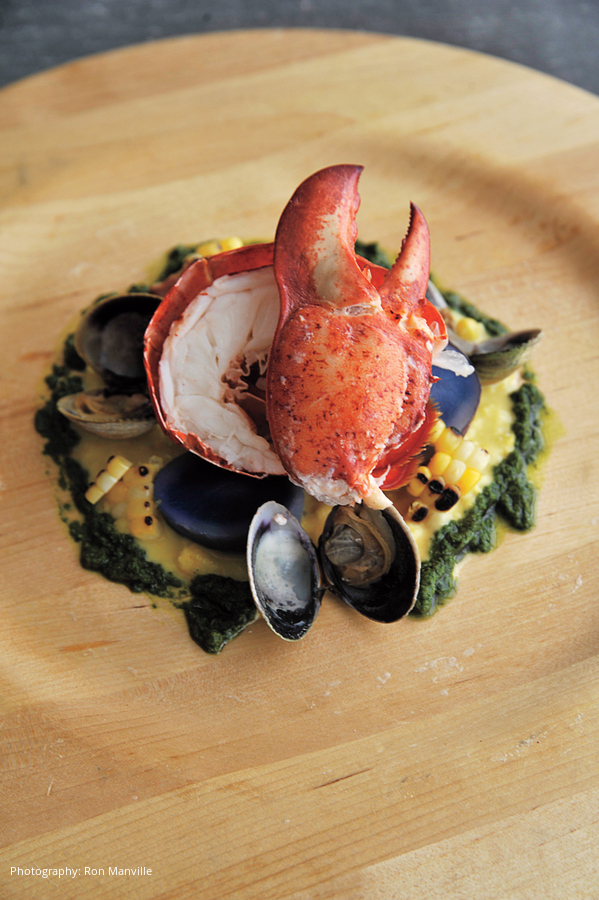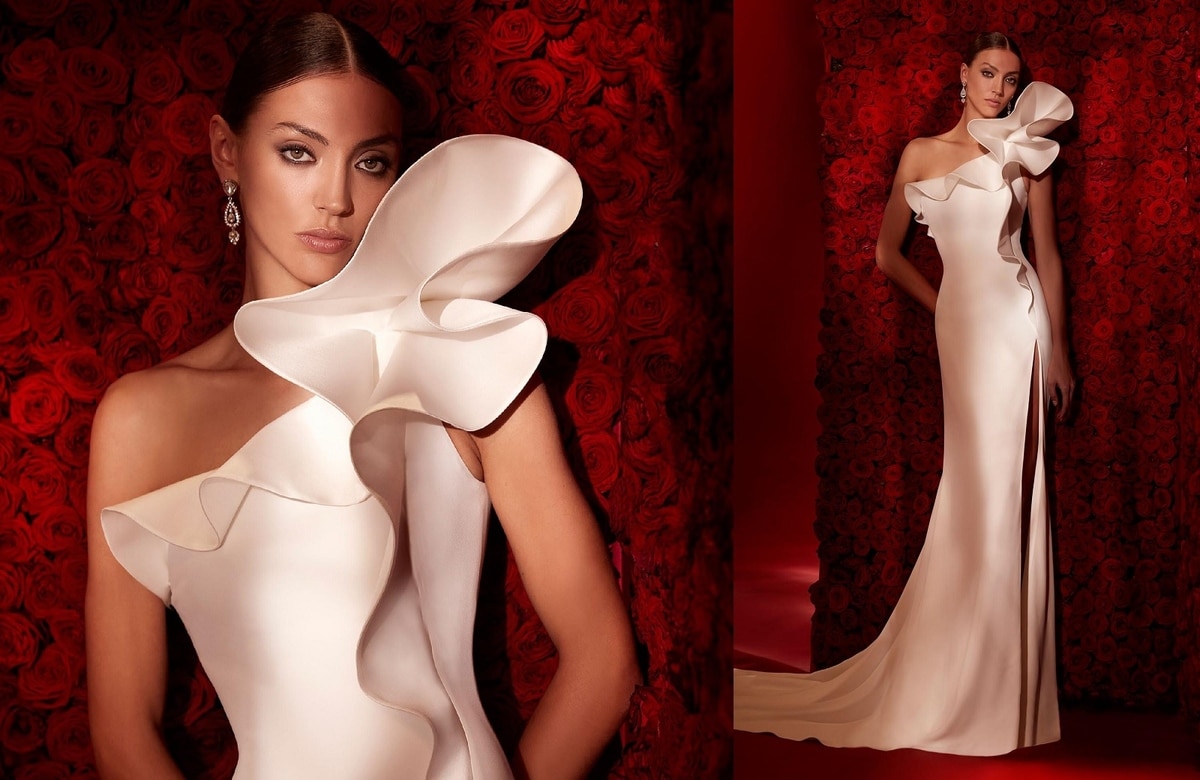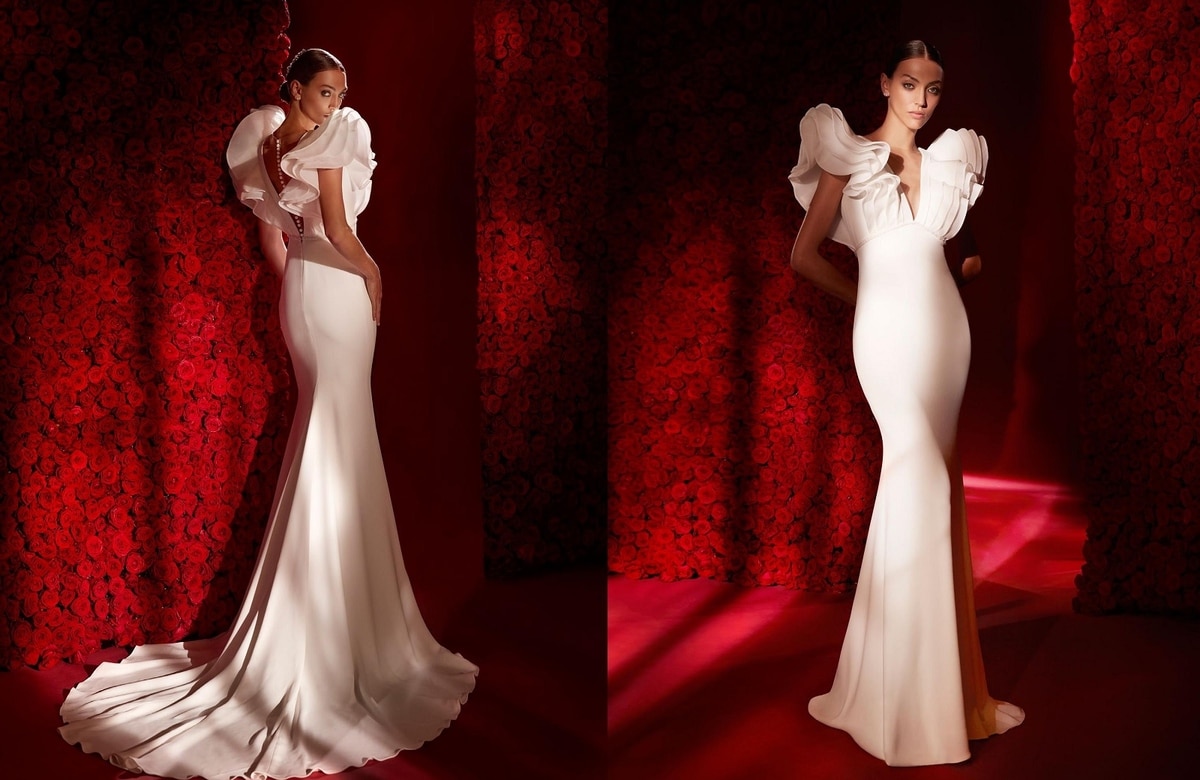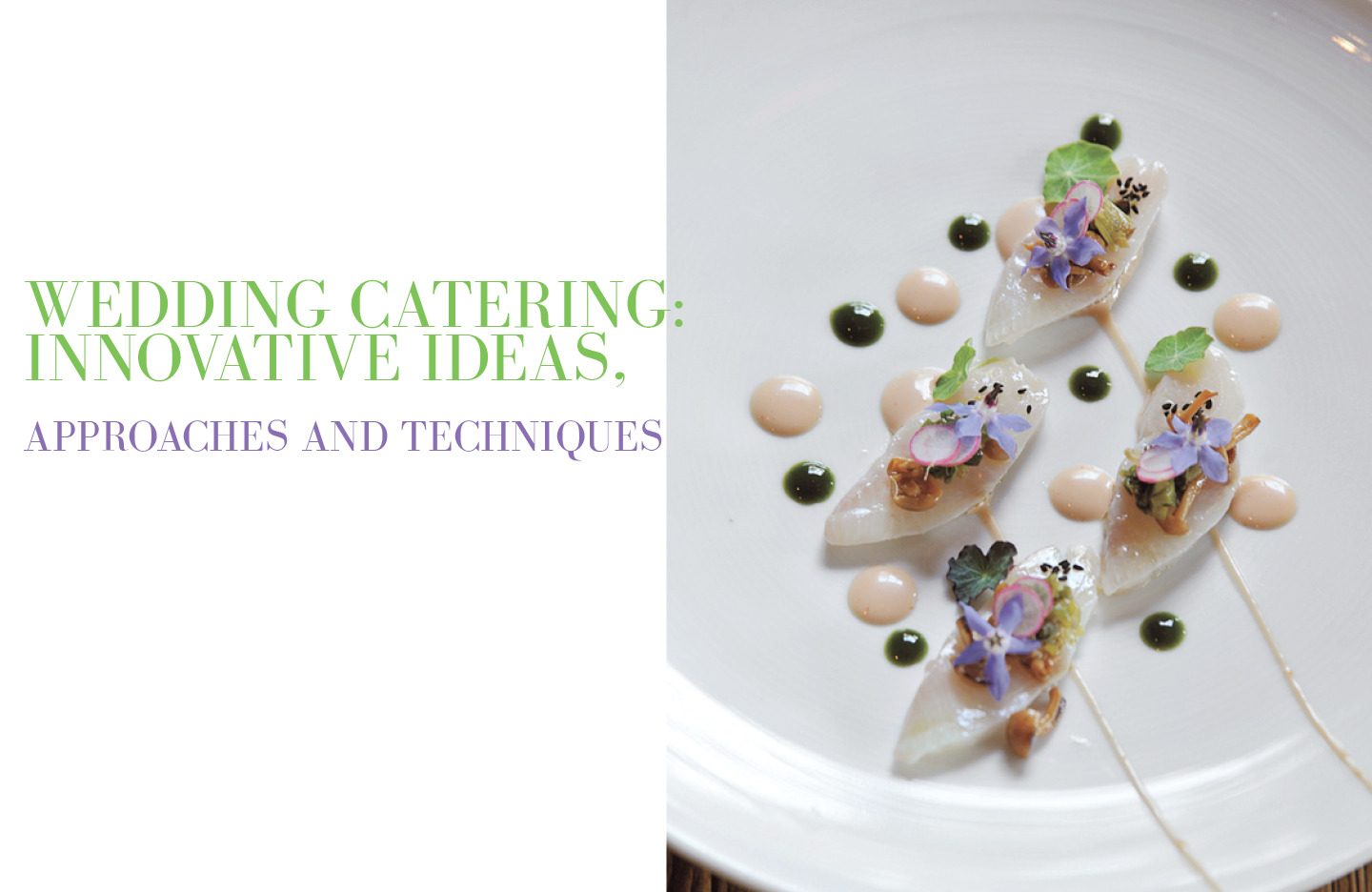
Cocktail hour with passed hors d’oeuvres, sit-down formal dinner, then cake. That’s been the standard game plan for wedding catering for decades, but like dining trends in general, it’s all changing now.
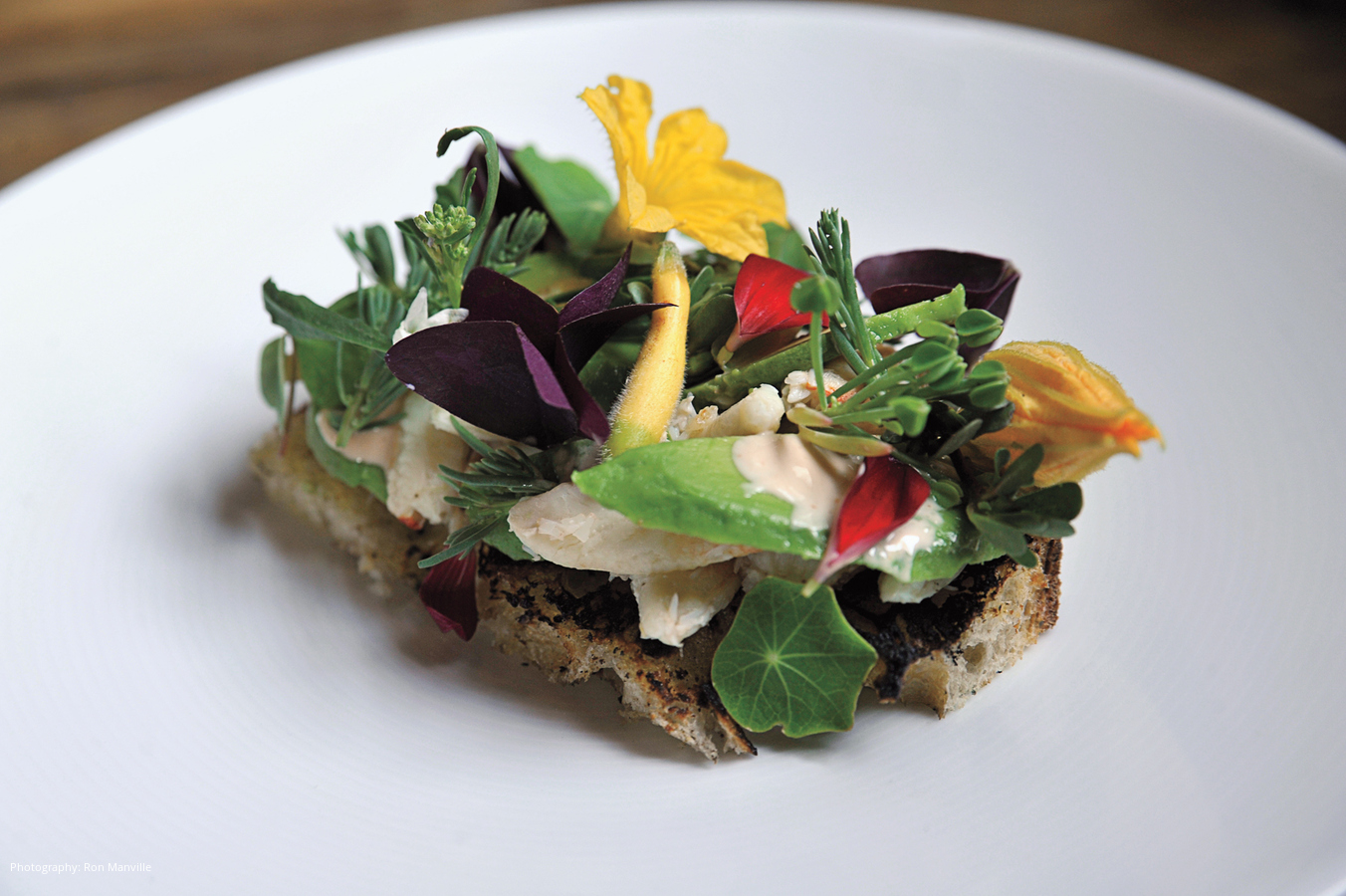
Caterer: Earth at Hidden Pond Kennebunkport, ME; Photography: Ron Manville
Tapas, anyone? Yes, small plates are an option for your wedding — as starters, main course, even dessert, says Amanda Saccoccio of Newport, R.I.’s Plantation Catering. “People are moving away from serving a main entrèe,” she says, opting instead for tapas in lieu of salad or appetizers, and duet plates as a main course — filet and chardonnay lobster tail, or baked stuffed shrimp and cornish game hen, for example. Bite-sized desserts can take the place of wedding cake, the assortment arriving table-side via roaming carts.
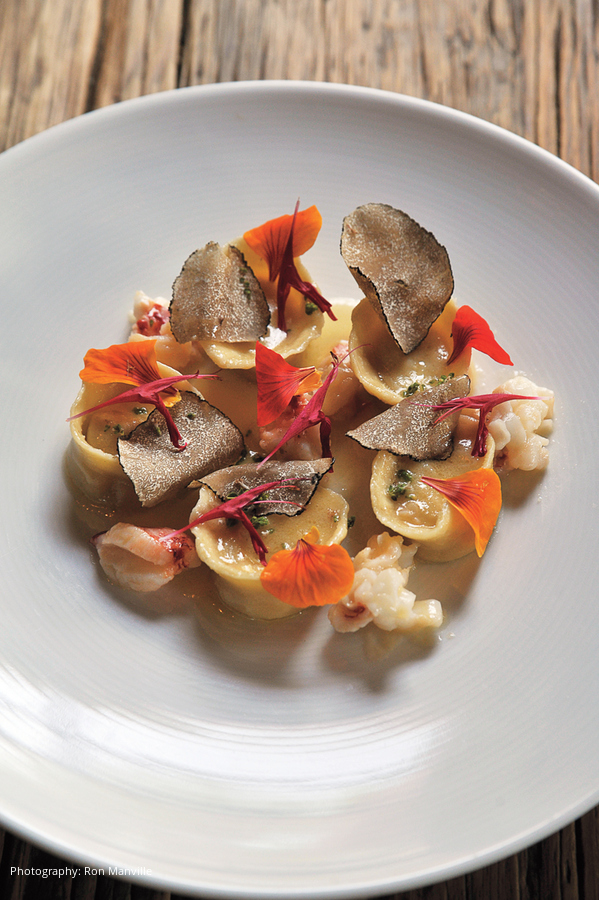
Caterer: Earth at Hidden Pond, Kennebunkport, ME; Photography: Ron Manville
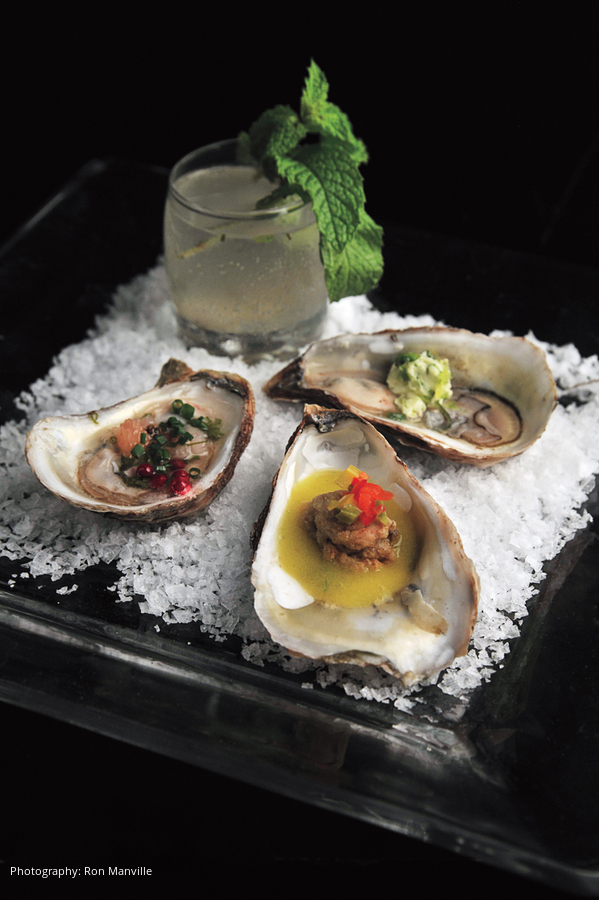
Caterer: Plantation Catering, Newport, RI; Photography: Ron Manville
“More people are eating out, and food is more of an art form than ever,” says Russell Morin, owner of Russell Morin Fine Catering. Couples and caterers alike are drawing upon their favorite restaurant experiences to create menus and atmosphere, from paired wine dinners to serving a single entrèe to all guests — “not chicken, fish or beef but one amazing dish,” says Saccoccio.
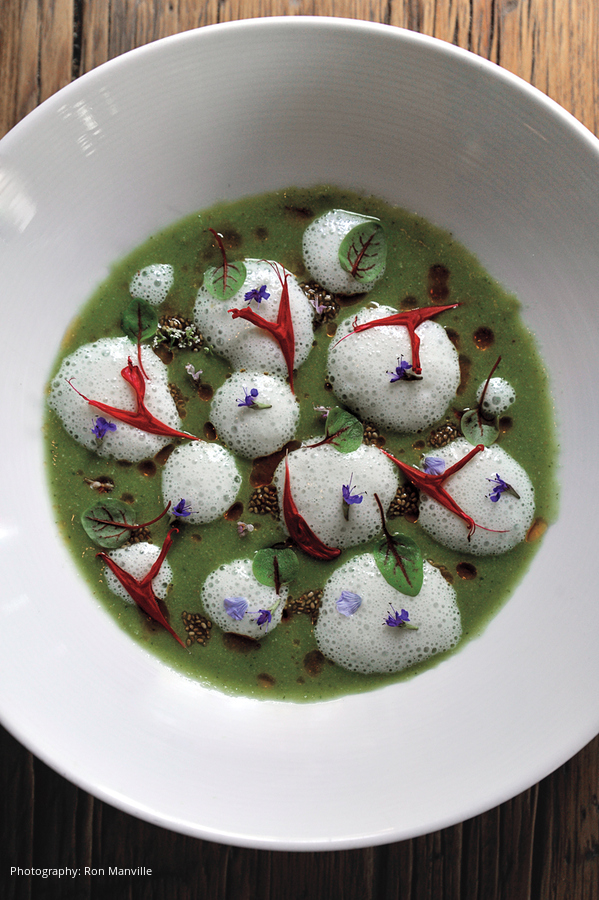
Caterer: Earth at Hidden Pond, Kennebunkport, ME; Photography: Ron Manville
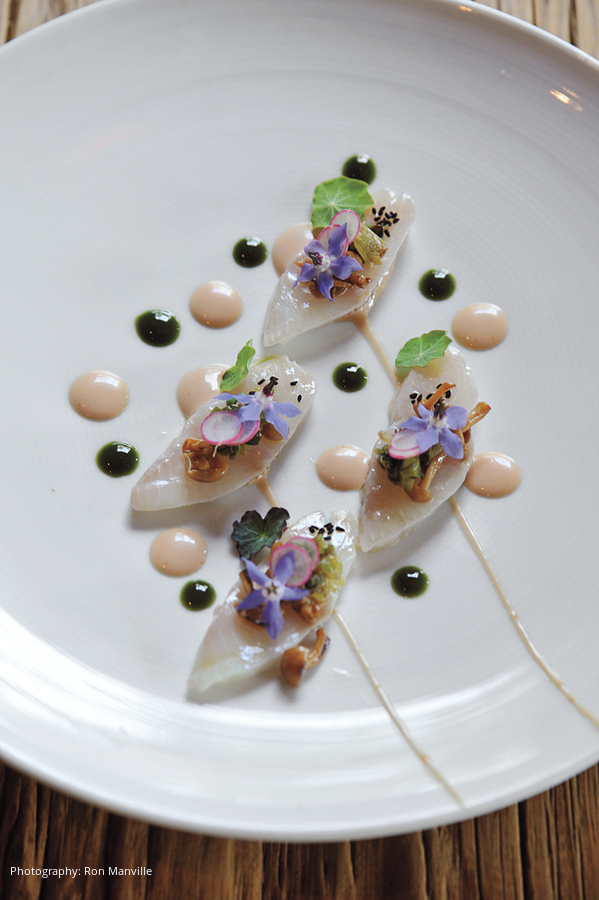
Caterer: Earth at Hidden Pond, Kennebunkport, ME; Photography: Ron Manville
“More people are eating out, and food is more of an art form than ever,” says Russell Morin, owner of Russell Morin Fine Catering. Couples and caterers alike are drawing upon their favorite restaurant experiences to create menus and atmosphere, from paired wine dinners to serving a single entrèe to all guests — “not chicken, fish or beef but one amazing dish,” says Saccoccio.
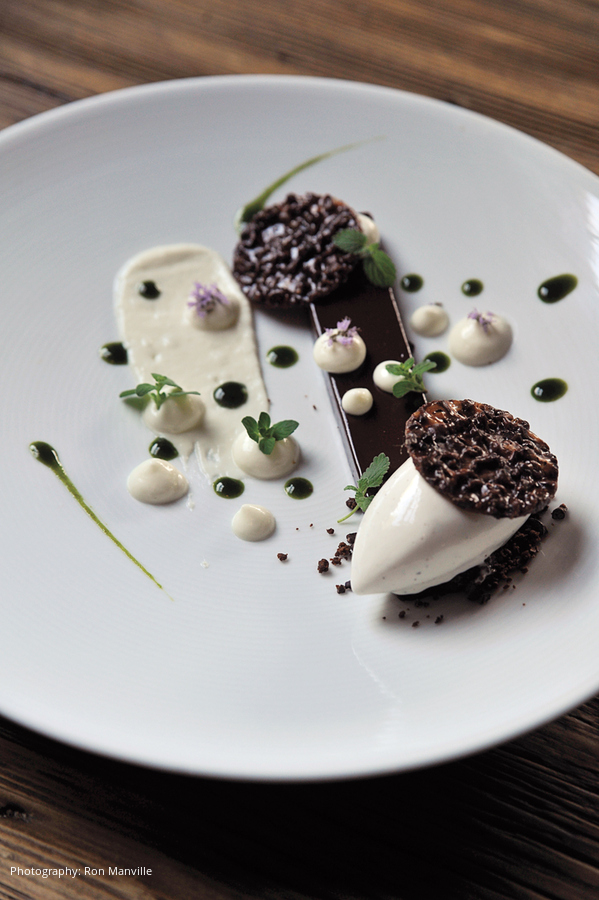
Caterer: Earth at Hidden Pond Kennebunkport, ME; Photography: Ron Manville
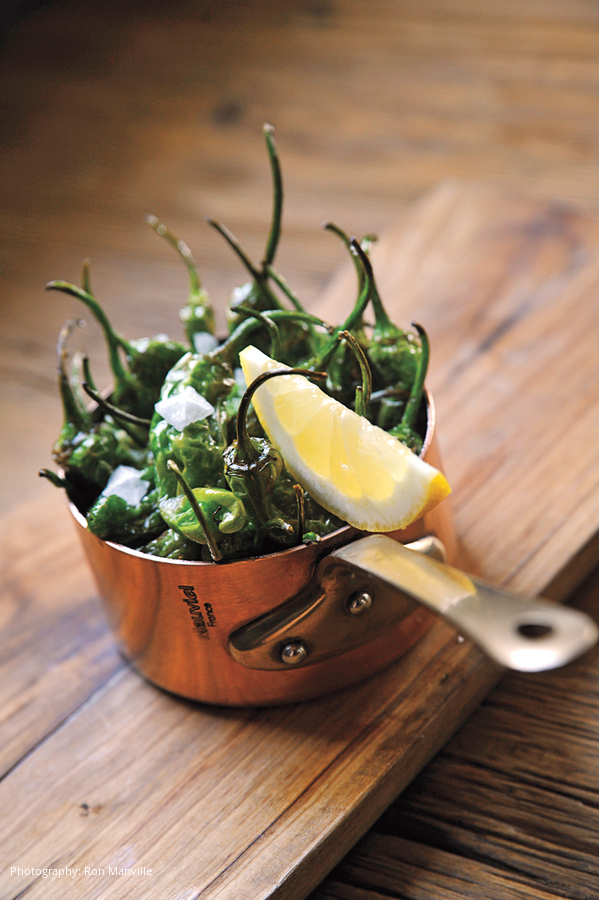
Caterer: Earth at Hidden Pond Kennebunkport, ME; Photography: Ron Manville
For some couples, that may mean presenting trending favorites like striped bass alongside exotic grains such as quinoa; for others, an updated take on comfort-food classics like pot roast make an ideal focal point for a comfortable but stylish family-dining experience. For family affairs, Morin often uses long, rectangular Tuscan tables seating up to 12, with long trays of antipasto awaiting guests as they arrive. “People like the idea of sharing food, and they can eat it throughout the course of the meal,” he says.
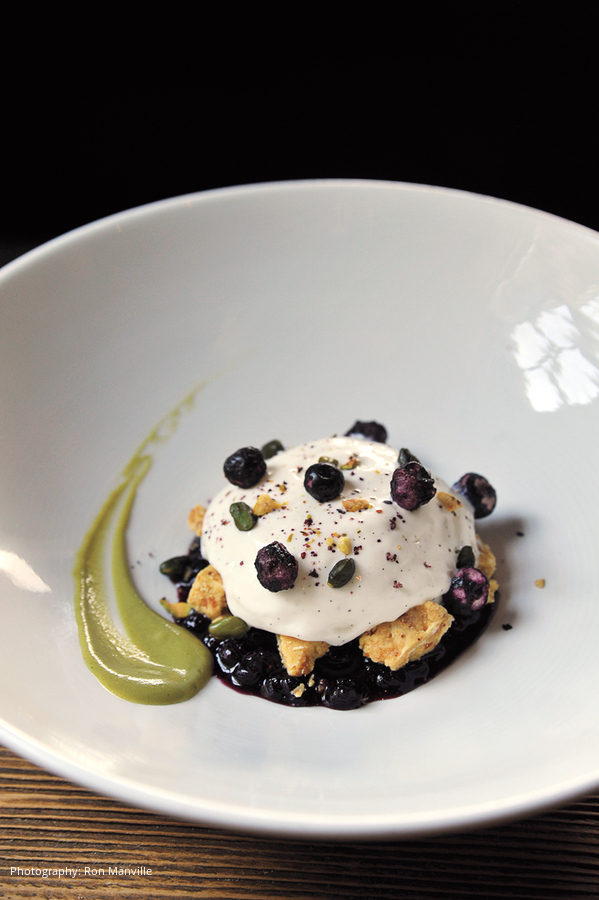
Caterer: Earth at Hidden Pond Kennebunkport, ME; Photography: Ron Manville
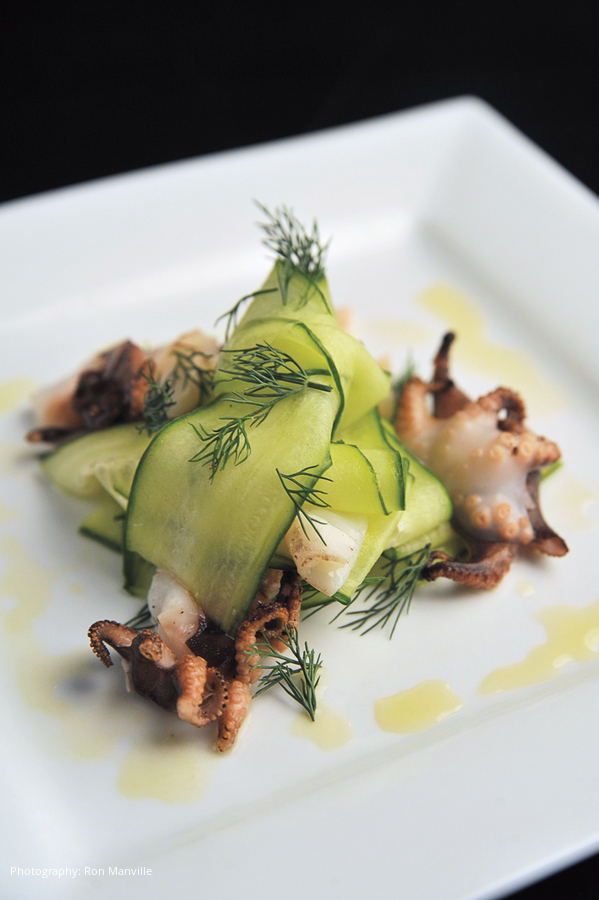
Caterer: Plantation Catering, Newport, RI; Photography: Ron Manville
Russian service, where all dinner items are brought to the table on individual silver platters and served to guests, can provide added refinement to a family-style dining experience. “It’s a high level of service and elegance — in the Gilded Age, this is what they would do,” says Morin.
The popular televison show “Mad Men” inspired mid-century nostalgia and hipster culture reflected not only in specialty cocktails but throughout the bar, where not just top-shelf liquors but a full array of syrups, muddled fruit, bitters, and other ingredients for fresh, made-to-order drinks are demanded.
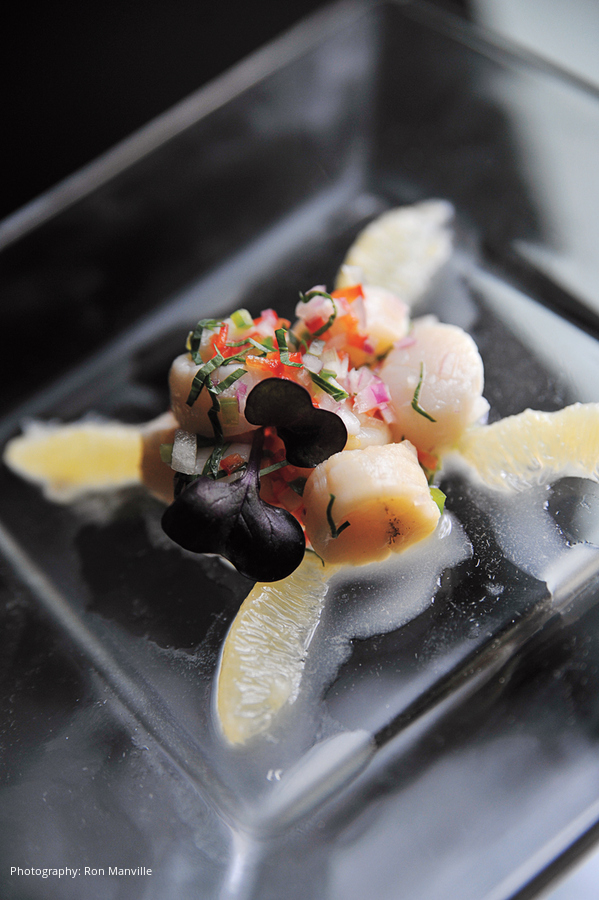
Caterer: Plantation Catering, Newport, RI; Photography: Ron Manville
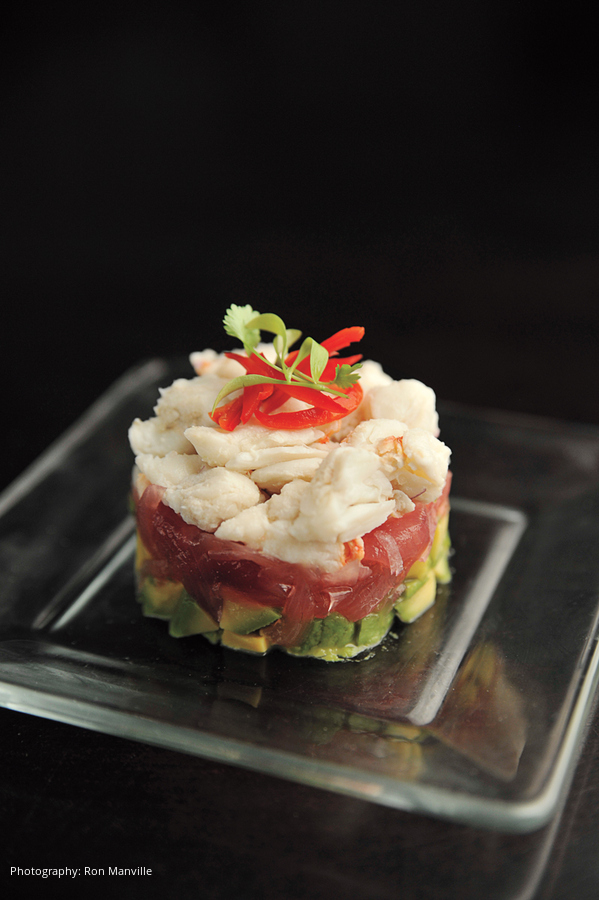
Caterer: Plantation Catering, Newport, RI; Photography: Ron Manville
In these and other ways, what’s old is new again, especially as a reflection of the enduring interest in locally sourced food and farm-to-table purveying. Russell Morin has his own garden where more than 20 herbs are grown, and Plantation Catering gets beef from Simmons Organic Farm in Middletown, R.I., cheese from Narragansett Creamery, and seafood from Newport Lobster Co.
Presentation is reflective of the local-sourcing ethos, with food delivered to tables on wooden boards or platters made of other natural materials. “Rustic elegance is becoming huge,” says Nicole Cushion, event coordinator at Boston’s MAX Ultimate Food. “Clients are wanting to incorporate produce one would find at a local farm stand in sauces, salads and even décor.”
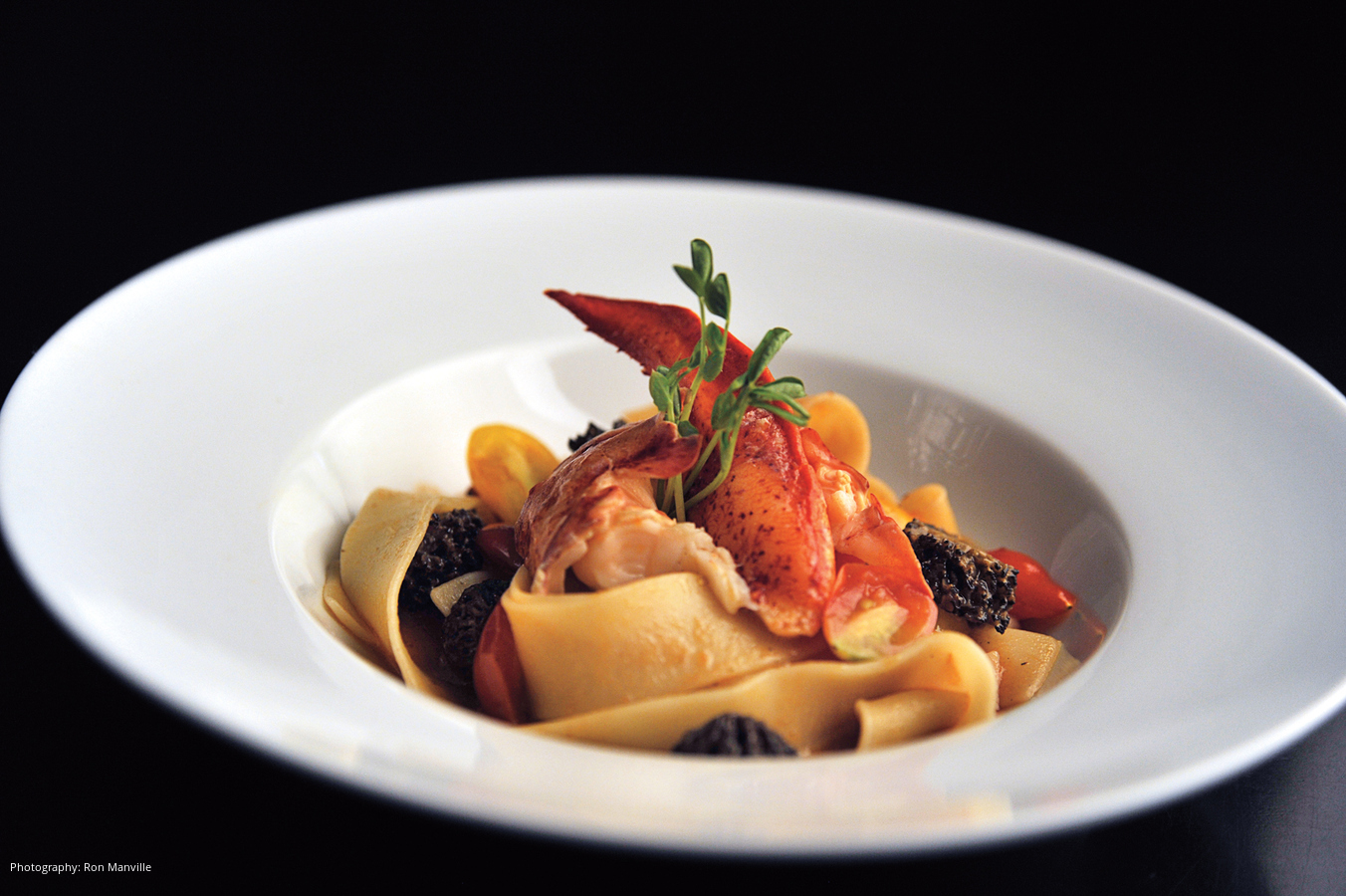
Caterer: Plantation Catering, Newport, RI; Photography: Ron Manville
In some cases, couples have chosen to provide homemade jams, local honey, artisan cheeses, old-fashioned candy as takeaway items. “This all swings back to the trend of farm to table and taking that a step further,” Cushion says. “I feel that it is almost like taking the ‘comfort food’ to a classier and fresher place.”







